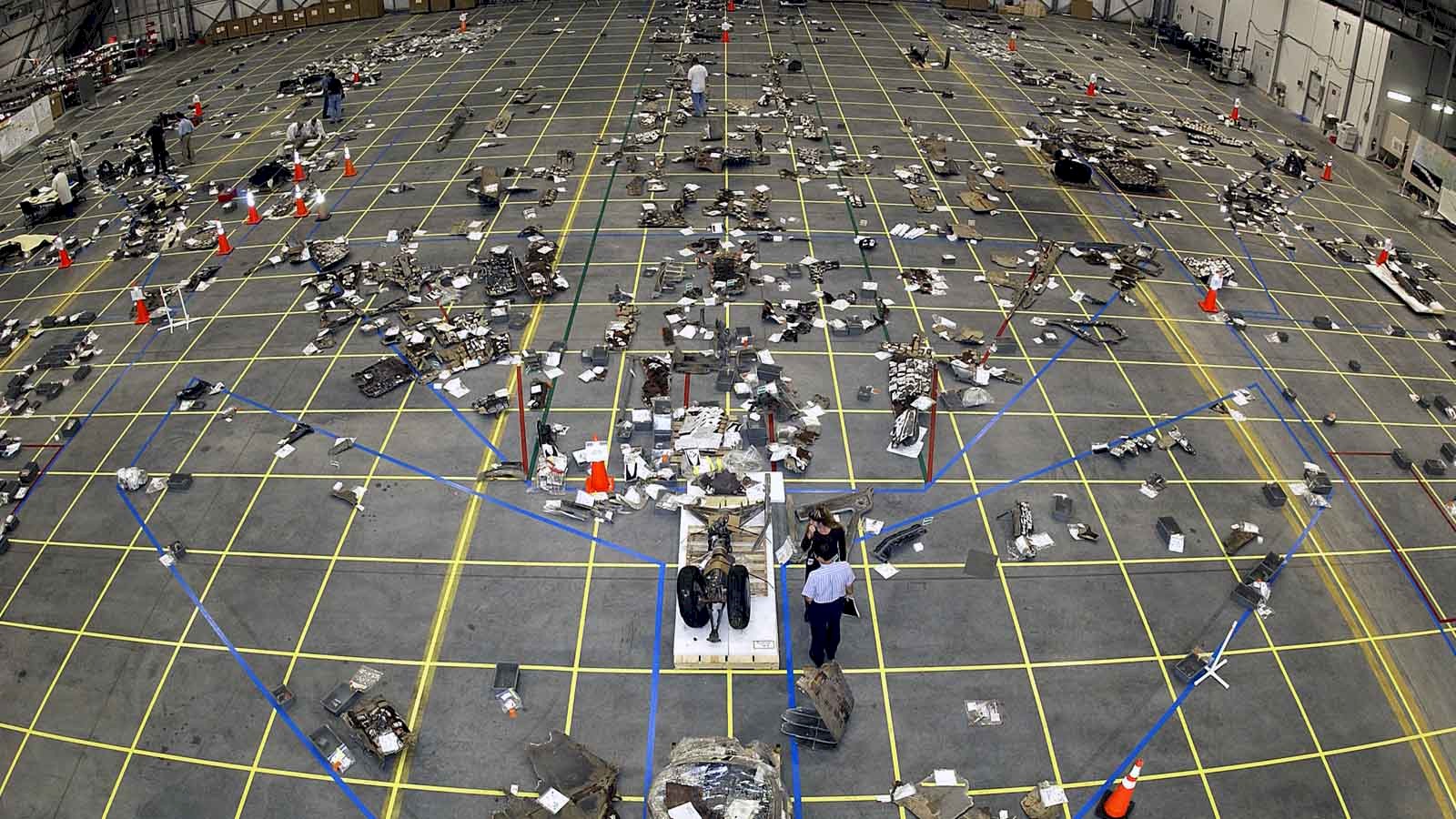Exceptions are by their very nature deviations from the, often agreed, norm. They present an opportunity to bend an otherwise more or less stringent framework to fit our current situation and operate in a real life scenario. In a world of red tape and documentation it is sometimes refreshing to make decisions against the de-facto norm and venture into the grey areas where situations demand this. However, what happens when we start to mistake our deviation from the norm as the norm itself? An excellent article from a fighter pilot's view was published recently, illustrating in dramatic fashion how the acceptance and normalisation of deviating from the norm can be destructive and indeed downright dangerous.
As outdoor people we are unlikely to crash a Tornado aircraft, but we may end up crashing ourselves or clients if we are not careful and don't scrutinise our practices on a regular basis. While most of us practise our activities in groups of varying sizes in our private lives, when out instructing many of us are on our own. We are considered the expert in our respective group by the law, society, the wider community and indeed our clients. With all this pressure wouldn't it make sense for all of us to open ourselves up to more open scrutiny? Personally I feel that working with others while opening myself up to criticism also allows for sharing of ideas, practices and healthy debate.
An outside, fellow expert is uniquely placed to not only understand the activity in question but also why adjustments to otherwise common working practices have been made. More crucially they are able to identify whether these adjustments or deviations have become the norm or are true exceptions. If the latter is the case there is no real problem as exceptions are a common in reality and as long as they don't inherently impact on the safety of participants or others are more often than not acceptable. However, if the exceptions have become the norm we enter a dangerous downward spiral where our usual safeguards are eroding beyond the usually accepted safe levels of practise.
As an example the NICAS scheme states that climbers should be tied in using a figure of eight with a stopper knot and an appropriate amount of tail left after the stopper. Typically in my time teaching the scheme this was between one and two hands width of tail. More often than not children came up to me with less tail after the knot or fewer than the recommended two twists on the stopper knot asking whether it was OK. The obvious answer is "No". Not because what they did was unsafe, but because the brief was different and the scheme encourages execution of the brief to "perfection". But what if we say "Yes"? How long until the stopper knot eventually disappears and then how long until eventually the tail behind the figure of eight becomes too short to consider it a safe knot?
This is a very extreme example and unlikely to happen in the scheme itself given then safeguards in place. However having seen some people's knots in centres I'm certain the process isn't quite as far fetched and the problems as obvious as it might seem when written down. Just the other week while instructing clients in a busy center I noticed plenty of punters' practices around me that worked very well as examples of how not to do things for my beginner clients. Until I had actively looked at the people around me trying to spot the very things I had just taught my clients to avoid or indeed never to do I must admit I likely wouldn't have noticed quite as many issues. Many of the issues could be put down to bad training or non-knowledge initially, but many bore all the trademarks of a once engrained norm practice that had been eroded and deviated from over time to form a new norm.
One of my biggest bug bears with this is the safety check. Those 5 seconds per climb that reassures the climber and belayer that the very system keeping the climber alive is safe and sound to climb on. From personal experience I know only too well that this check is not a common courtesy but a vital part of the safety chain. A few years ago while helping a less experienced climber and friend overcome her fear of leading I sent her off on an easy route a few times. No drama, no issues - that is until she went to untie and realised she had not finished her figure of eight. Even with the length of tail on the knot there is a chance the knot would have failed if she had taken a longer fall. I can safely say I will never forget the moment we both realised this and although we laughed about it at the time in my mind I knew I had become complacent, lazy and had accepted a deviation (not checking the system because both climbers know what they're doing) from the norm (always check the system no matter who is in it).
Deviations from the norm can either occur as minor changes over time or as a major exception in response to an unusual event which then becomes the new benchmark. The former case could be seen as a path slowly widening as more and more people walk on the grassy sides as opposed to sticking to the sandy, muddy or uneven path - a real problem in the hills. The latter would be a new path being forged because the old one is under water after flooding. While the old path will return it may well take a long time for the temporary path to be abandoned, especially if the path is slightly easier going or offers a view that didn't exist on the old one.
Ultimately we all need to be vigilant about deviations from the norm and ask ourselves and others whether we are making a genuine exception for a reason or need to adapt the norm in general. There is nothing wrong with re-evaluating practices and procedures consciously, but there is a great issue with gradually adopting changes without proper thought and consideration. So if you are working as part of a team ask yourself whether there are any practices in the team that go against your operating procedures or defined practices. If you are working alone, ask yourself whether somebody external might be worth consulting to see where you might be deviating from your own norm without realising.
Thanks to the (repeated) mistakes made by NASA and other places there are many excellent speeches, papers and articles on the normalisation of deviance out there. Many are related to healthcare, finance or the military, though the lessons learned do apply to every individual privately and professionally. Just because you are not in charge of a space shuttle does not mean you are infallible when it comes to subconsciously adjusting the norm to fit your practices.


Leave a comment